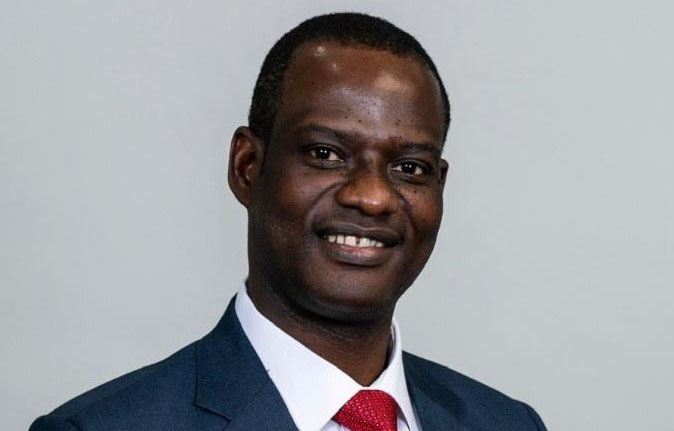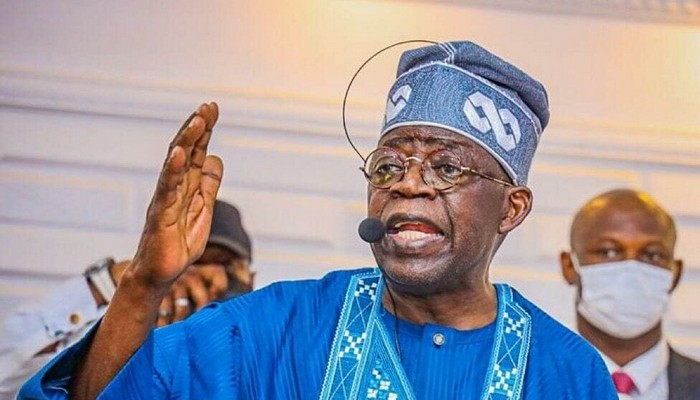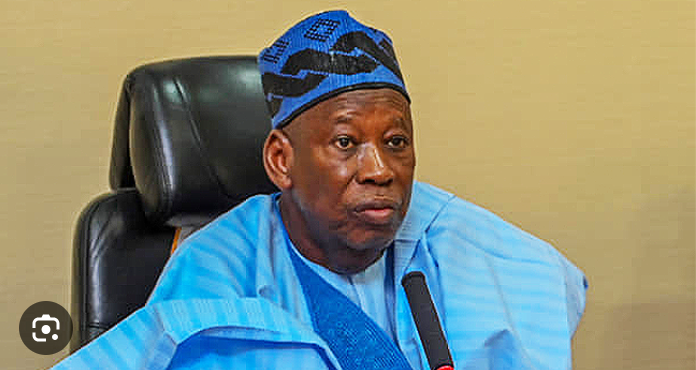
President Bola Tinubu on Wednesday, February 28, arrived in Lagos after an earlier visit to Ondo state.
He arrived around 6 pm.
Tinubu is scheduled to commission the Lagos Red Line train on Thursday, February 29.
He had earlier paid a condolence visit to the family of the late Rotimi Akeredolu, former governor of Ondo, in Owo town.
The president was received in Owo, the hometown of Akeredolu, by Lucky Aiyedatiwa, governor of Ondo, Olayide Adelami, his deputy, and other top politicians.
Tinubu, accompanied by Aiyedatiwa and Adelami, visited Akeredolu’s residence and met with Betty Anyanwu, the deceased’s wife, to condole with her.
A statement issued on Wednesday by Gbenga Omotoso, Lagos Commissioner for Information and Strategy said: “The commissioning will signal the take-off of another major game changer in the state’s transportation infrastructure.
“It brings to two the rail lines owned and operated by the Lagos State Government. The first, the Blue Line, runs from Marina to Mile 2.”
The rail project is being undertaken by the Lagos Metropolitan Area Transport Authority (LAMATA), an agency under the Ministry of Transportation.
The Lagos light rail network was flagged off by the Bola Tinubu administration in 2003.
The train is the first phase of the project, which will run from Agbado in Ogun State to Oyingbo in Lagos, with eight stations including Agbado, Iju, Agege, Ikeja, Oshodi, Mushin, Yaba, and Oyingbo.
Once fully operational, it is expected to make 37 trips daily, accommodating approximately 500,000 passengers.
This initiative aims to significantly reduce travel time, alleviate health issues caused by stress, boost economic productivity, ease traffic congestion, minimise road accidents, and enhance commuter safety.
As part of the inter-modal connectivity of our public transportation infrastructure, the Redline is integrated with bus terminals at Ikeja, Oshodi, Oyingbo, Ikeja, Yaba, and Iju.
“To guarantee the safety of commuters and Lagosians, the rail corridor has 10 vehicular overpasses and pedestrian bridges to separate the train from vehicular and pedestrian traffic,” Omotoso said.
Credit: The Nation






